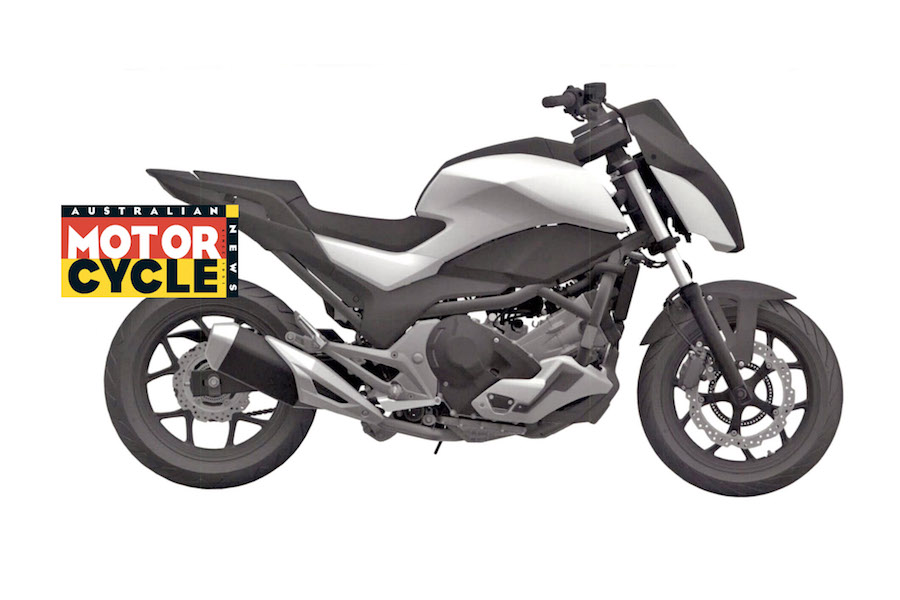And now an intriguing patent has emerged that suggests the firm might have production plans for the technology.
The patent in question is a design patent, used to stop rivals from copying the visual aspects of a bike rather than covering the technology within. Given that Honda’s Riding Assist Concept was more a technical showpiece than a cosmetic one, protecting its styling seems unnecessary unless there’s some sort of production future for elements of the design.
But there’s a mechanical anomaly that is particularly interesting. A key part of the Riding Assist concept was its ability to alter the angle of the fork – it raked out the front end automatically in self-balancing mode to maximise the sideways weight shift achieved by turning the front wheel. However, while the design patent seen here retains the self-steering mechanism (sitting between the handlebars and the top yoke) it’s missing the complex linkages needed for the variable-rake system.
Honda previously filed patents for a design that intervenes in a bike’s steering as part of a stability control system, over-riding rider inputs and making automatic, lightning fast corrections when needed.
While not able to self-balance when stationary, such a system could be the logical extrapolation of stability control. Some cars already have systems that intervene in steering as part of stability control, so the progression to bikes is logical.
With the variable-rake system of the concept bike eliminated, these patent pictures show how simply the steering-intervention element could be implemented on virtually any bike with no changes to the chassis itself.
By Ben Purvis












